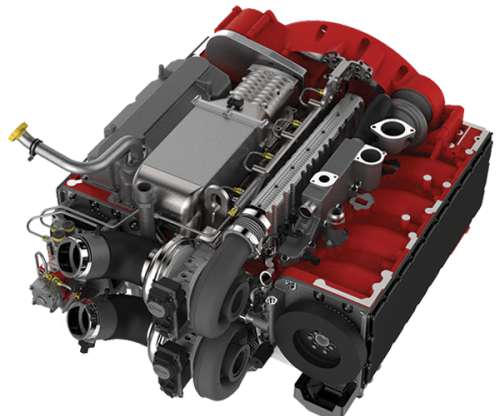Achates Power continues development of opposed-piston technology for US Army vehicles
Green Car Congress
JANUARY 28, 2021
The family of engines strategy uses a common power cylinder system across several different engine variants to address a range of power and torque requirements in order to serve multiple military vehicles with a common architecture. The variable flow lube pump helps maintain engine efficiency.












Let's personalize your content